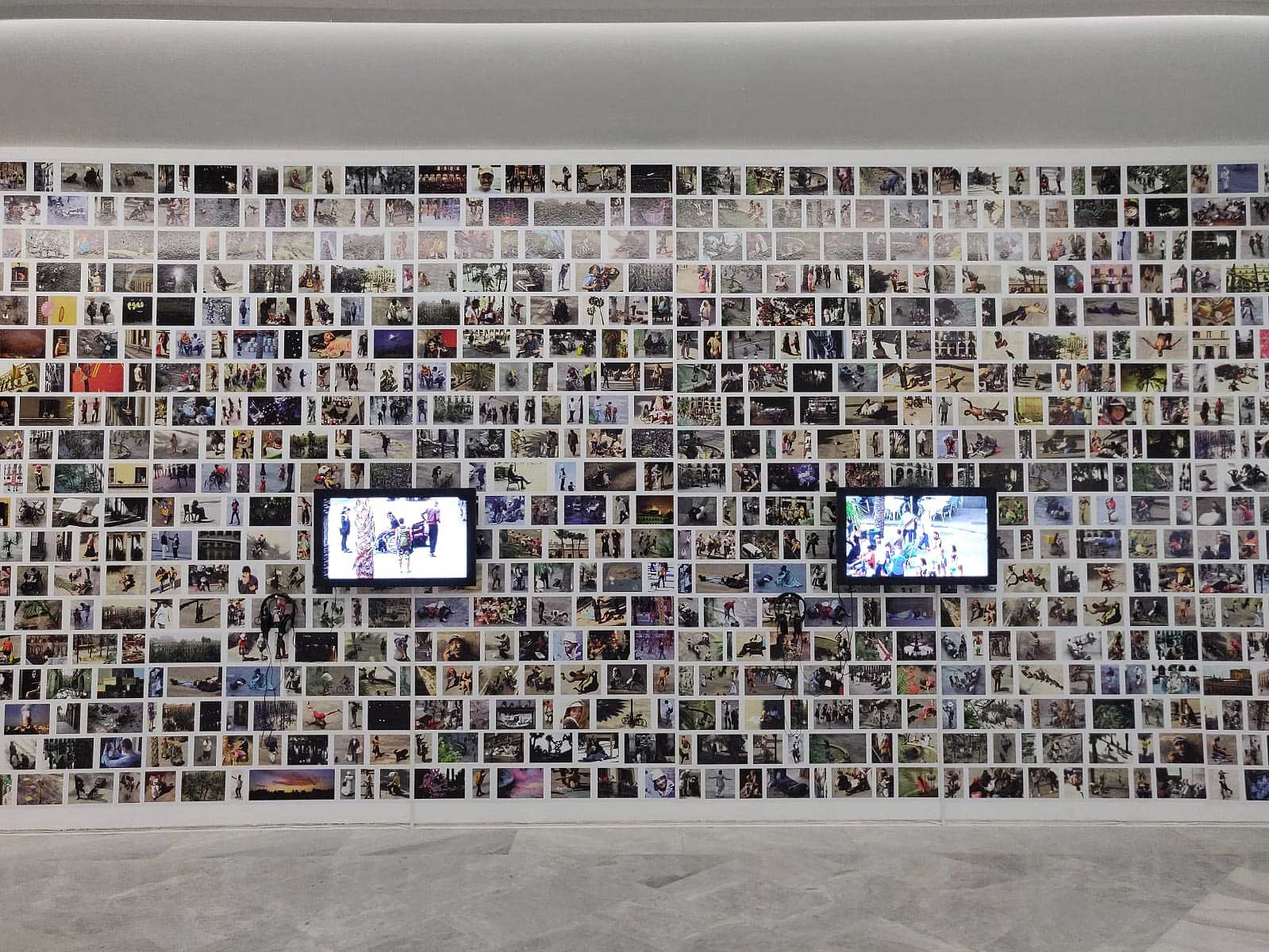![]()
Nazario
Dates: September 23, 2021 - February 28, 2021
Curator: Juan Antonio Álvarez Reyes
Coordinator: Alberto Figueroa
Space: East Cloister
This retrospective strives to offer a circular narrative, despite
the linear distribution of the galleries where it is exhibited.
The story begins, like the artist himself, in Seville and ends in
the same city, where this show was conceived. In between, the lengthy
career of Nazario (Castilleja del Campo, Seville, 1944) unfolded
in Barcelona, but the nostalgic memory of Andalusian culture and
customs was always humorously present in both his life and work.
The exhibition is divided into two nearly symmetrical parts. The first explores Nazario’s facet as a draughtsman, from his initial amateur efforts in the late 1960s to his last comics of the early 1990s. As we walk through the galleries, we transition from black and white to colour, from social and sexual repression to liberation and uninhibited experimentation, from the Seville of a young master who plunged into flamenco and hippie culture in Morón to the Barcelona underground scene of the 1970s and 80s, from timorous desire to hedonistic homosexual pleasure, from Purita bragas de jierro (Purita Iron-Knickers) to Alí Babá y los 40 maricones (Ali Baba and the 40 Queers), from endless parties to alcohol and drugs. And, along the way, his relationship with music and with Ocaña (and with Alejandro and Camilo), the enormous success of Anarcoma and the cultural and geographical syncretism of Turandot. Nazario undoubtedly ranks among the greatest Spanish and European comic artists.
The second part of the show takes us to another place, executing an about-face while staying in the same spot: the house where he used to draw in Barcelona’s Plaça Reial. We are in the same part of town, the same rooms, but something has changed—and that something is not the artist but the medium. Nazario traded drawing for watercolour and photography, and a bit of autobiographical writing. He also became even more obsessed with his place in the world, from which he explored and interacted with his surroundings and his fellow human beings. This period of his career is quite unique, which is why this exhibition has attempted to show it in a brand-new light: paintings of the Plaça Reial, interiors with objects and books, photo sequences of the daily spectacle he captured from his window with a camera, the male Pakistani colony, but also the driving forces of desire and sex, as powerful now as they were then.
At the end of the show, the artist’s nostalgia for Andalusian culture explodes in his passion for collecting Sevillian postcards and La Cartuja porcelain (made in the very place where they are now displayed). The postcards of Seville’s April Fair are associated with two posters that Nazario made at two separate times in his drawing period, attempting to show that his entire artistic career was based on obsessive rigour and constant humour, but also that it is worthwhile to connect his different creative stages and present his complete oeuvre as a continuous, free, personal, honest being-in-the-world.
WARNING: Sexually explicit content is displayed in this exhibition
ADDITIONAL DOCUMENTATION |


